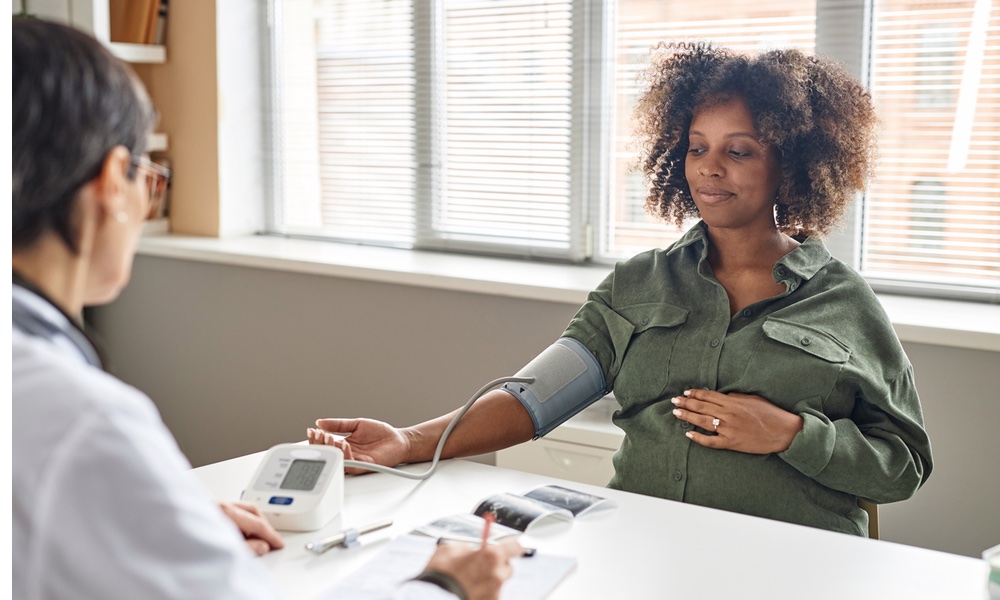Sudden Infant Death Syndrome (SIDS) occurs when a previously normal infant who is younger than one year of age dies during sleep and no actual cause of death can be determined either by examining the baby or the place where the infant died. It is a tragic shock to families, and much research has been focused on identifying why infants might be at risk and finding ways to protect them.
There are prenatal factors that are thought to increase risk such as maternal smoking during pregnancy. There are also higher risk sleep practices such as putting the infant to sleep on her back or side; having soft mattresses, pillows or thick blankets which can cause suffocation; and overheating the sleeping room.
Yet a good number of infants experience the "risky" prenatal and environmental conditions and do not suffer such dire consequences. So what is it about SIDS babies?
They found that the level of serotonin in the brain tissue of SIDS victims was 26 % lower than infants who had died from other causes.
- First, they suggest that some infants have an underlying physiologic abnormality that makes their breathing systems unable to respond protectively when they are stressed. The midbrain, the portion of the brain closest to the spinal cord has been targeted as the location of this abnormality.
- Second, the brain centers that control breathing and heart rate are immature and continue to develop during the first year of life. Thus they are not fully competent to overcome external threats to normal breathing.
- Third, the infant is placed under some type of stress which makes normal breathing more difficult, either from her environment, such as sleeping on her belly or side, or sleeping on dangerously soft bedding, or from within her body such as having a viral infection or being premature.
When a child who is not destined to become a victim of SIDS experiences an unfavorable change in her ability to breathe, such as having her nose and mouth blocked by bedding, or by congestion from a virus, she may temporarily breathe less effectively, but the monitoring portions of her nervous system sense this change and send signals of distress to the parts of her brain which then increase her level of arousal and her breathing effort, and she rescues herself. Why can't SIDS babies rescue themselves?
An article in JAMA, the Journal of the American Medical Association, described research into the brain chemicals that help communication among the areas responsible for monitoring breathing, changing the baby's level of arousal, and responding to physical stressors. One chemical was found to be significantly decreased in the brains of babies who had died from SIDS.
The researchers tested brain tissue from SIDS victims as well as babies who had died from known causes and measured the amount of the brain chemical, serotonin. The level of serotonin in the brain tissue of SIDS victims was 26 % lower than infants who had died from other causes. When they looked at compounds that would be created if serotonin were being broken down too quickly, these levels were the same for all the infants. This helped them determine that the low levels of serotonin did not occur because the chemical was being destroyed within the brain, but rather because there was never enough.
They also found that the SIDS babies lacked the normal number of special places (receptor sites) in the brain to which the serotonin could attach and transmit neurological messages throughout the system.
The study also found that 95% of the SIDS cases had at least one risk factor (e.g. sleeping position, maternal smoking) and that there were 2 or more risk factors in 88%. Since SIDS appears to result from a combination of conditions, they suggest that counseling for risk factor reduction remains a critical element of prevention. New parents may wish to discuss safe sleeping practices for their babies with their doctors. Room temperature, bedding type and sleep position are all important considerations. Additionally, babies should be protected from second hand smoke, and pregnant women should not smoke.




